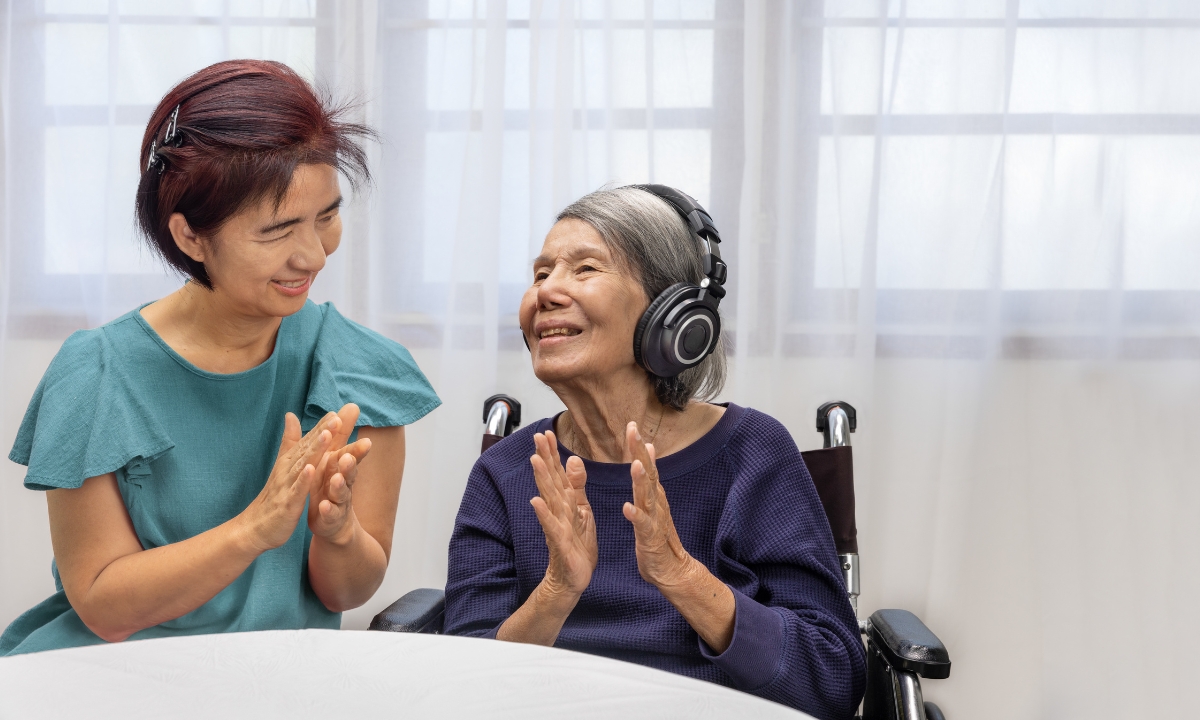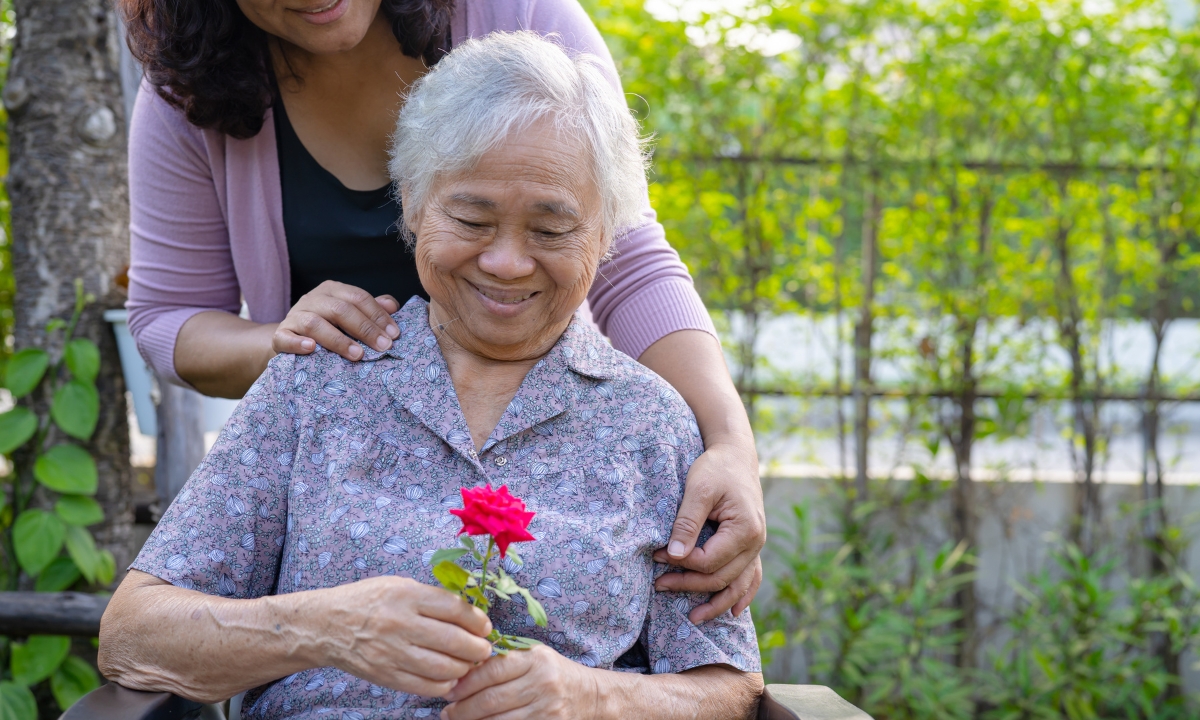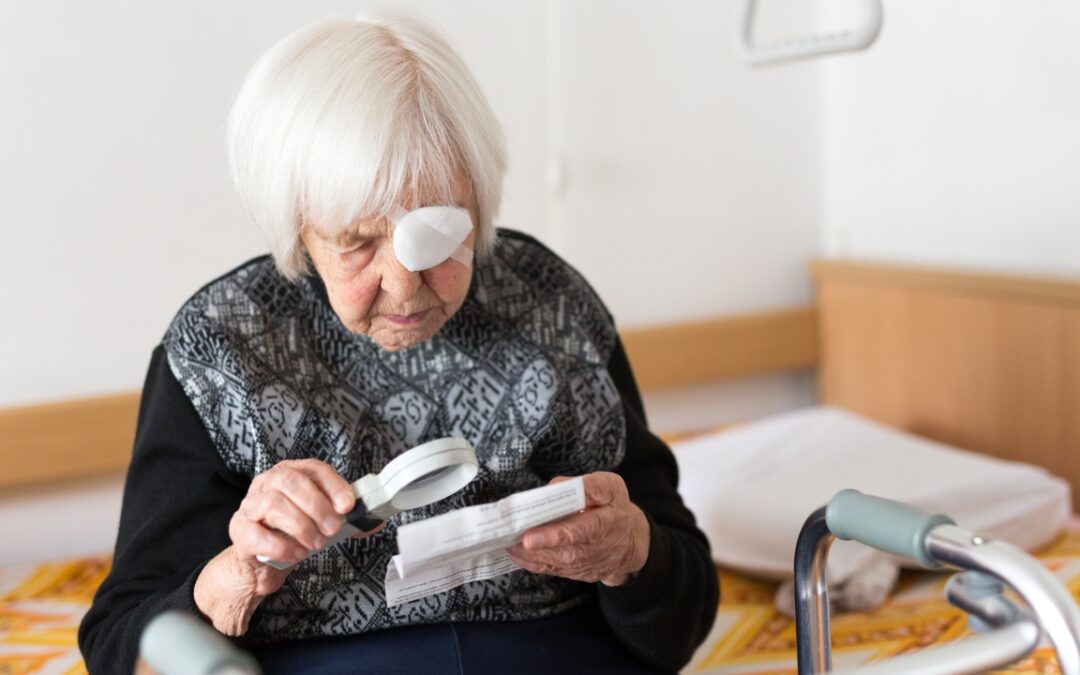Caring for a senior loved one with vision impairment comes with unique challenges, especially when it comes to ensuring their safety, independence, and quality of life at home. As vision declines due to aging, conditions like macular degeneration, glaucoma, diabetic retinopathy, and cataracts can make everyday tasks more difficult. However, with thoughtful home modifications and accessibility adjustments, you can create a safe and comfortable environment that supports independent living.
At Reliant Home Care Services, we understand the importance of maintaining independence while ensuring safety. Whether your loved one has mild vision loss or complete blindness, adapting their home can make a significant difference in their ability to navigate, perform daily tasks, and stay engaged with life.

Understanding the Impact of Vision Impairment
According to the CDC, nearly 12 million Americans over the age of 40 experience some form of vision impairment, with seniors being at the highest risk. Poor vision can increase the likelihood of falls, injuries, and difficulty managing daily activities. For those living alone or receiving in-home care, making simple home adjustments can promote confidence and prevent accidents.
Improving Home Safety for Seniors with Vision Loss
Enhancing Lighting
Proper lighting is essential for seniors with low vision. A dim or poorly lit home can make it difficult to see furniture, steps, and other potential hazards. To improve visibility:
- Use bright, adjustable LED lights in key areas like the kitchen, bathroom, and hallways.
- Install motion-sensor lights in frequently used spaces to ensure automatic illumination.
- Reduce glare by choosing soft white bulbs instead of harsh fluorescent lighting.
- Place reading lamps near chairs, beds, and workspaces.
Reducing Fall Risks
Falls are one of the leading causes of injuries among seniors, and vision impairment increases that risk. To make the home safer:
- Remove clutter, loose rugs, and electrical cords that can cause trips and falls.
- Install non-slip mats in the bathroom and kitchen.
- Apply high-contrast tape or paint on stair edges and thresholds to improve visibility.
- Ensure handrails are installed on both sides of staircases for added stability.
For seniors receiving home care, caregivers can help identify additional fall risks and assist with daily mobility and household organization.
Creating a More Accessible Layout
Seniors with vision loss rely on memory and touch to navigate their home. Keeping a consistent and clutter-free layout is crucial:
- Arrange furniture so that paths remain clear and predictable.
- Use contrasting colors on walls, floors, and furniture to make key features stand out.
- Label cabinets, drawers, and household items with large-print or tactile markers to improve accessibility.
Simple adjustments can help your loved one maintain independence without feeling disoriented.
Making Daily Tasks Easier for Seniors with Vision Impairment
Kitchen Accessibility
The kitchen can be a difficult space to navigate with limited vision. To improve safety and ease of use:
- Use large-print labels or braille stickers on food containers and appliances.
- Store frequently used items within easy reach to prevent unnecessary bending or reaching.
- Install a stove guard or automatic shut-off device to prevent fires.
Caregivers providing in-home support can assist with meal preparation, organization, and safe cooking practices to help seniors maintain their independence in the kitchen.
Bathroom Safety
Bathrooms pose a high risk for slips and falls, making modifications essential:
- Install grab bars near the toilet and shower for added stability.
- Use color-contrasted toilet seats and soap dispensers for easier identification.
- Replace glass shower doors with textured, shatterproof alternatives.
If your loved one needs assistance with personal care, an in-home caregiver can provide support with bathing, dressing, and other daily tasks to ensure safety.
Enhancing Mobility and Wayfinding
For seniors who navigate their home with low vision or blindness, small changes can improve mobility and confidence:
- Use textured or raised markers on doorknobs, stairways, and commonly used objects.
- Install talking clocks, thermometers, and medication dispensers to support daily routines.
- Encourage the use of a white cane for safer mobility in and out of the home.
Many seniors benefit from assistive technology, such as voice-activated smart home devices, which allow them to control lights, thermostats, and alarms with simple voice commands.

How Reliant Home Care Services Can Help
At Reliant, we believe that every senior deserves to live safely and comfortably in their own home. Our trained caregivers can assist with a wide variety of tasks:
- Identifying and reducing home hazards to prevent falls.
- Daily assistance with cooking, mobility, and personal care.
- Companionship and support to ensure seniors feel safe and connected.
If you need guidance on home modifications, in-home support, or accessibility solutions, we’re here to help.
Supporting Independent Living for Seniors with Vision Impairment
Creating a safe and accessible home for a senior with vision impairment can improve confidence, independence, and overall well-being. By making thoughtful adjustments to lighting, organization, and safety features, you can help your loved one continue living comfortably at home.
If you’re looking for additional support, Reliant can provide compassionate, professional assistance tailored to your loved one’s needs. Contact us today to learn how we can help your family make home a safer and more accessible place for your loved one.

